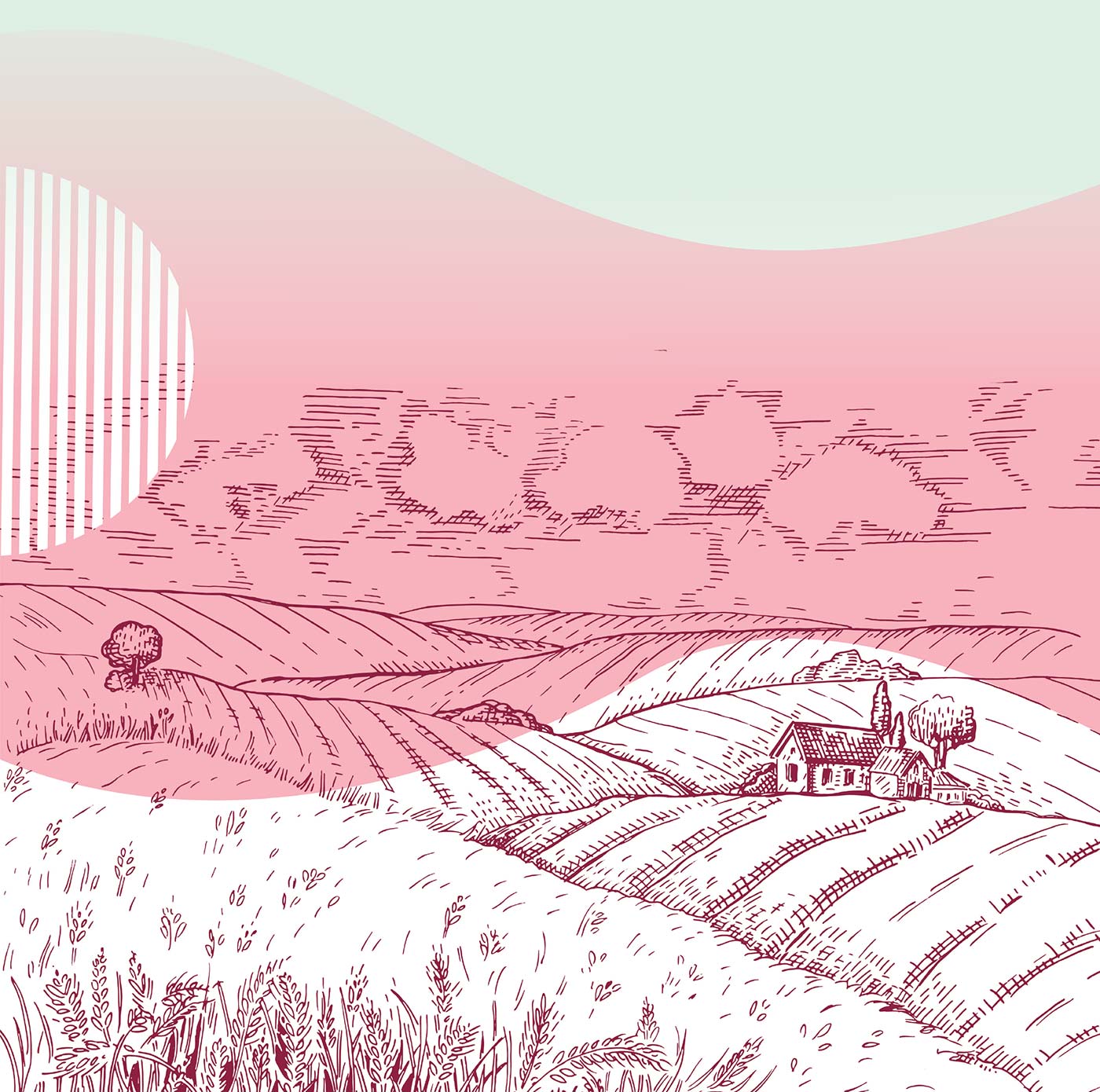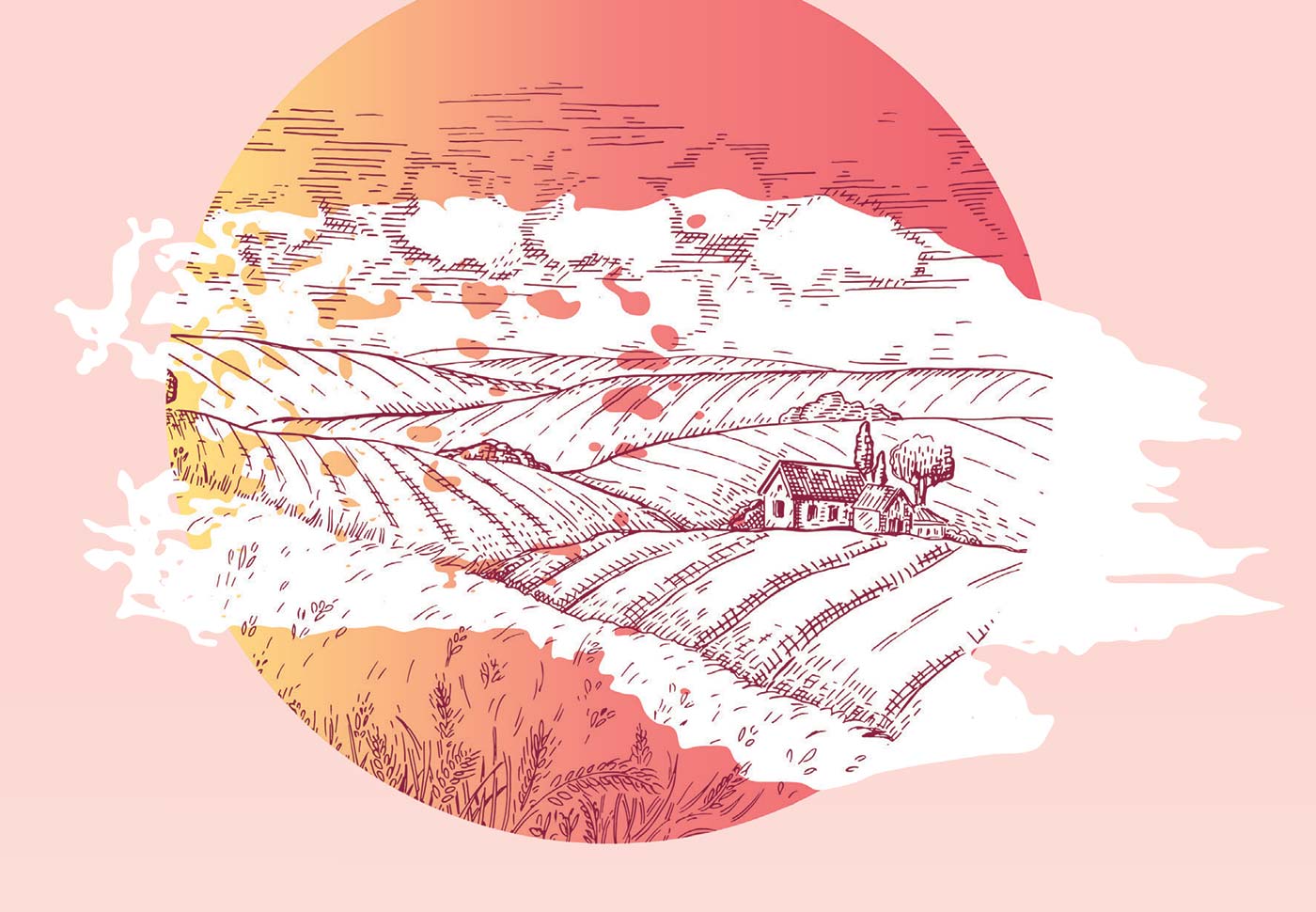America's Food Culture

“Consumers don’t yet understand the full environmental benefits that come from real organic production systems.” —Jim Riddle*
In our Spring 2017 issue we reported on the state of America’s “food culture”—how farming is (and was) changing throughout the country, and what was being done—or not—to address some of the more urgent concerns. Among those were the ever-aging American farmer and the need for more millennials to get involved; conquering food deserts by getting more local, fresh food into urban areas; and the rise of the organic farmer and compelling people to buy local goods.
Three years later, there has been progress in some of those areas. For instance, while better access to local food in highly populated areas remains a big concern, the issue has evolved from simply improving access to improving our ability to farm within urban confines. In other words, while the logistics of bringing fresh food into these areas is still a big concern, the practice of urban agriculture is being explored and city dwellers are learning to actually grow and harvest fresh produce with smaller spaces (than those living in rural areas).
Then and now, we spoke with Jim Riddle, former chair of the USDA’s Organic Standards Board and one of the Midwest Organic and Sustainable Education Service’s 2019 Organic Farmers of the Year; with Nate and Liz Brownlee, owners of Nightfall Farm and co-founders of the Hoosier Young Farmer Coalition; and with Emily Toner, urban agriculture educator with Purdue Extension Marion County. For this follow-up article we spoke again with Riddle and the Brownlees, and with Toner’s successor at Purdue Extension, Tamara Benjamin. Read on to learn what’s on their minds, and the minds of just about anyone working to improve America’s food system.
Edible Indy: How has organic farming vs. traditional farming evolved over the past few years?
Jim Riddle: The demand for organic products just keeps growing. Organic farmers seem to be getting more respect in the larger agricultural community. Organic has become a viable production and marketing option, not just a niche market. With climate change and extreme weather events, there is growing emphasis on carbon sequestration (removing climate-warming carbon from the air and neutralizing it in the soil); cover crops; nutrient cycling; biodiversity enhancement, including pollinators; and water quality protection. These have always been fundamental tenets of organic production systems, and we now see widespread recognition of the benefits, even if we still haven’t seen sufficient broad-scale adoption of the practices in traditional farming.
Liz Brownlee: Organic agriculture is the only part of the ag sector that’s growing. Local food isn’t all organic, but the two show similar trends.
Tamara Benjamin: I know that there are trends with Millennials and Gen-Z to source from local farms more and more. There is also a lot of emphasis being placed on eating healthy and some of that ends up with people going to [local] farmers markets and purchasing more fruits and vegetables.
EI: Thoughts on consumer awareness … have you noticed any shift in people’s understanding of what “organic” really means?
JR: The word “organic” shows up everywhere these days, even in television infomercials. People want “clean” food, free of genetic engineering and pesticide residues.
GMOs are prohibited in organic farming. Residue tests consistently show that organic products have much lower levels, if any, of pesticide residues, compared to nonorganic products. But consumers don’t yet understand the full environmental benefits that come from real organic production systems. They primarily think about how the products impact their own health, which is understandable.
Under the current administration, we have seen a cheapening or watering down of the meaning of “organic.” Specifically, there is abundant evidence that cargo shiploads of conventional grains are being imported from Russia, Ukraine and Turkey and sold as “organic” in the U.S. The USDA has been slow to take enforcement action. These fraudulent grains are largely being fed to confined cattle and poultry, with the meat and eggs being sold as “organic,” even though the animals do not have meaningful access to the outdoors or pasture. Once again, the USDA has failed to crack down on these “organic” concentrated animal feeding operations (CAFOs) where both live and dead animals, along with their feed, manure and urine, exist within a small land area and where feed is brought to the animals rather than the animals grazing or otherwise seeking feed in pastures, fields or on rangeland.
Finally, the USDA has allowed products from soilless hydroponic operations to be sold as “organic,” even though the plants are not rooted in soil. They receive all of their nutrients from proprietary nutrient solutions. Such products include lettuce, cucumbers, peppers, cherry tomatoes and blueberries.

EI: What about any new issues that have cropped up recently or have moved to the forefront of the discussion?
JR: “Regenerative” agriculture has become the new buzzword. People need to keep in mind that pesticides such as glyphosate (Roundup), which kill soil organisms, have no place in a regenerative system. Real organic production builds soil health, protects water quality and quantity, captures carbon, recycles nutrients, and enhances biological diversity, which are the fundamental principles of regenerative systems. The more that organic is associated with regeneration, the better.
TB: Urban agriculture is probably the biggest movement. As we now have more than 80% of our population in the U.S. living in urban areas, this type of farming will become more and more important. But there are unique challenges with farming in an urban area. There are city ordinances, site assessments of contaminated soils and more.
LB: It’s clear that land access is a major hurdle for beginning farmers. In the past, new generations of farmers came from farming families, and so they could inherit or purchase land from family. Today, many beginning farmers are first-generation farmers. Also, access to capital, and camaraderie, is an issue for any new business.
Of all farmers in the U.S. ... 25% are first-generation farmers, 27% have less than 10 years’ experience
JR: Additionally, unpredictable, severe weather events are becoming more common, and are negatively impacting farmers. Hopefully, policymakers will catch on in time to invest in real organic and other regenerative systems to help reverse climate change, before it’s too late.
EI: So with regard to how our future is shaping up, how do we feed our massively populated nation (and planet) without the use of genetically engineered crops and without CAFOs? How do we keep our food safe when the production of it has become so industrialized?
JR: Research shows that GMOs and CAFOs have not increased the amount of food being produced. In fact, most GMO crops are being used to produce fuel and fiber, not food. GMOs and CAFOs have, however, led to massive increases in the amounts of pesticides and antibiotics used in agriculture, resulting in polluted food and water, and a massive increase in antibiotic-resistant pathogens. These food-safety risks and their impacts on human health are not being addressed. To feed the world, start by feeding yourself, your family and your neighbors. Plant a garden, keep some chickens, join a community garden and support your local organic farmers. It’s fun, it’s healthy and it makes a difference!
Editor’s Note: During the development of this story, we reached out multiple times for comment from U.S. Sen. Mike Braun (RIN), a member of the Senate Committee on Agriculture, Nutrition and Forestry. Sen. Braun did not respond.
- *Jim Riddle is the former chair of the USDA Organic Standards Board and one of two recipients of the Midwest Organic and Sustainable Education Service’s 2019 Organic Farmers of the Year award.



